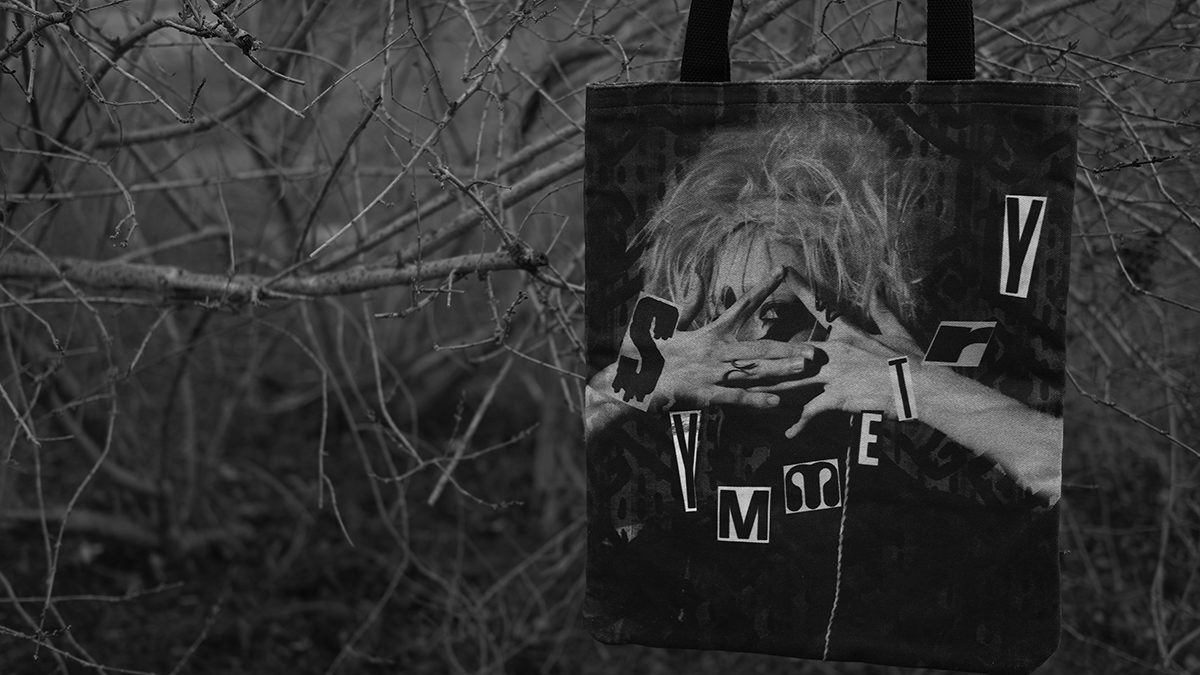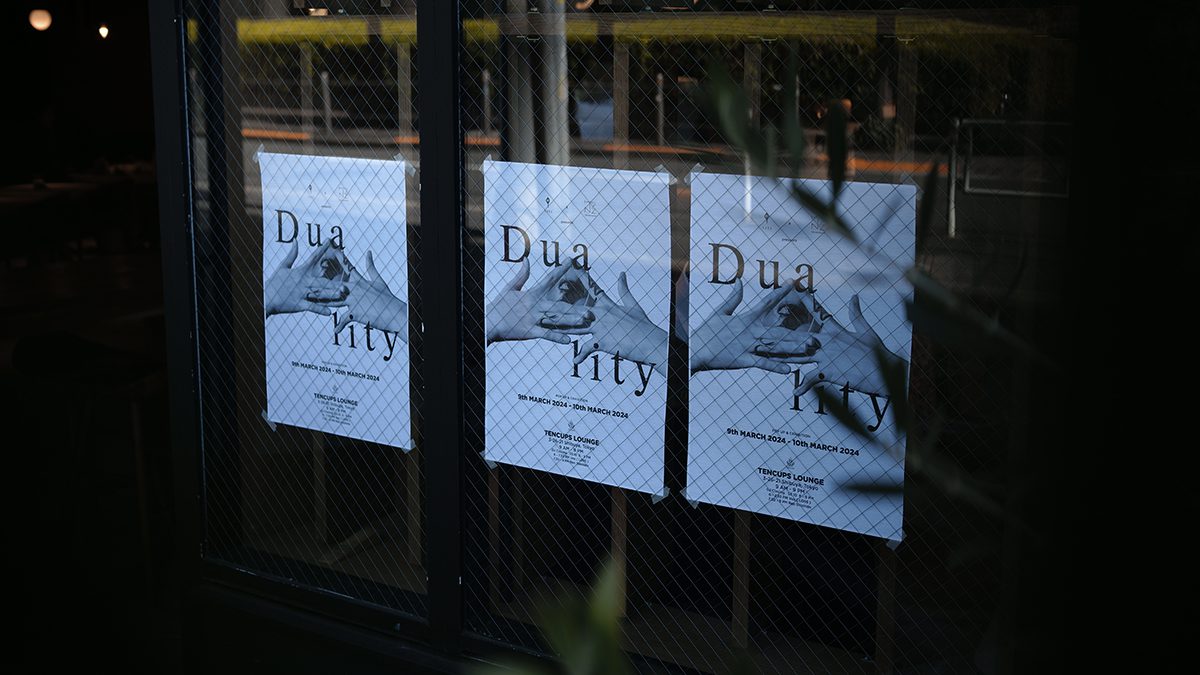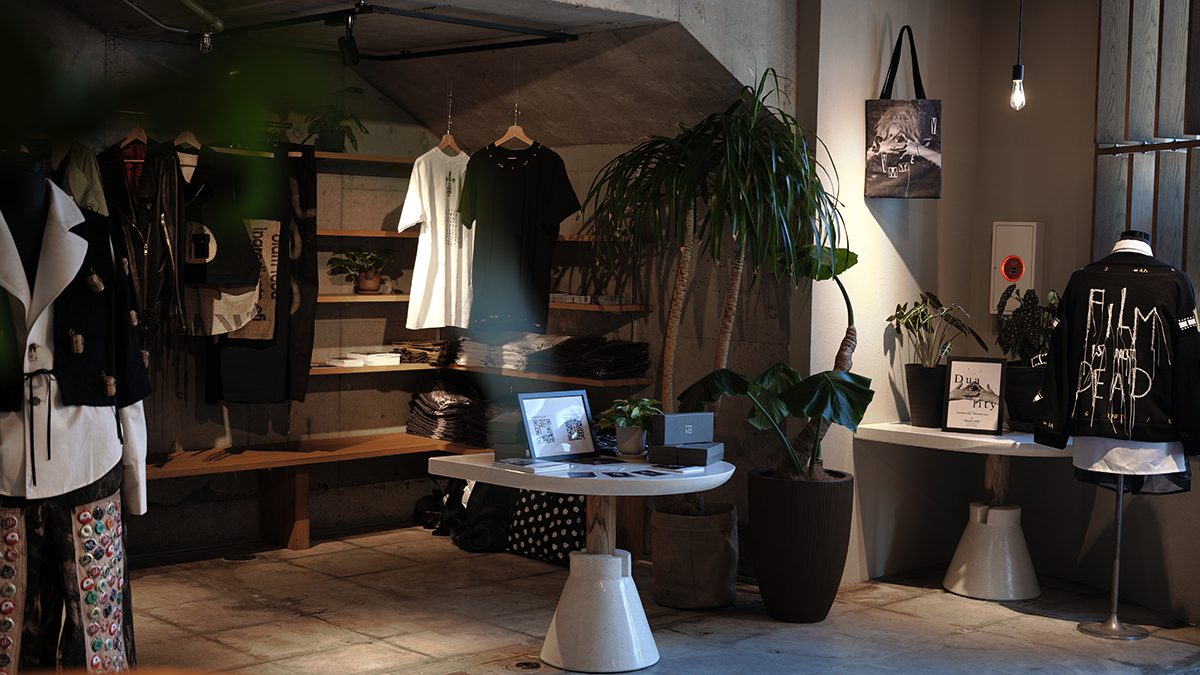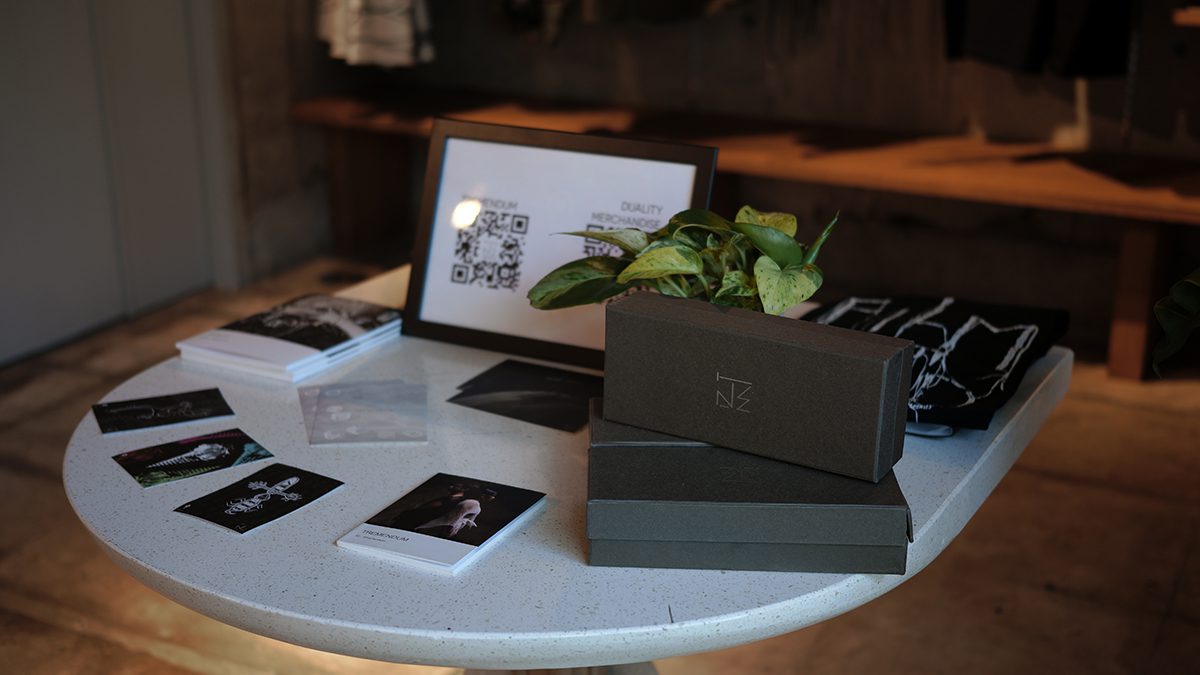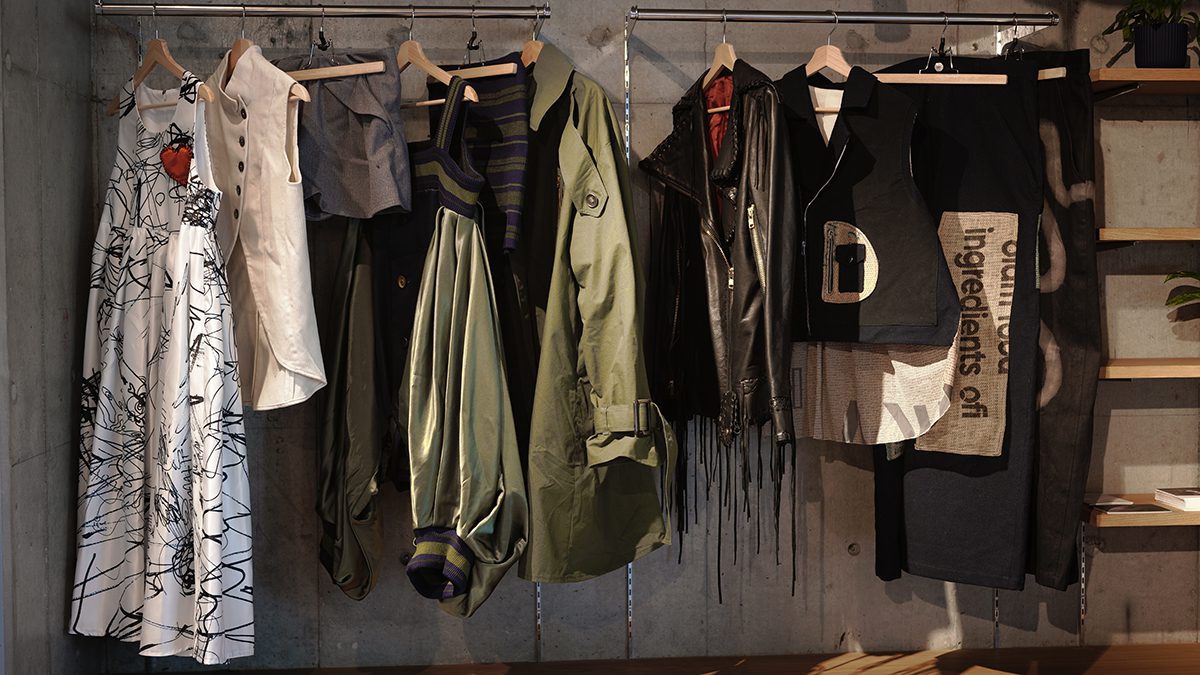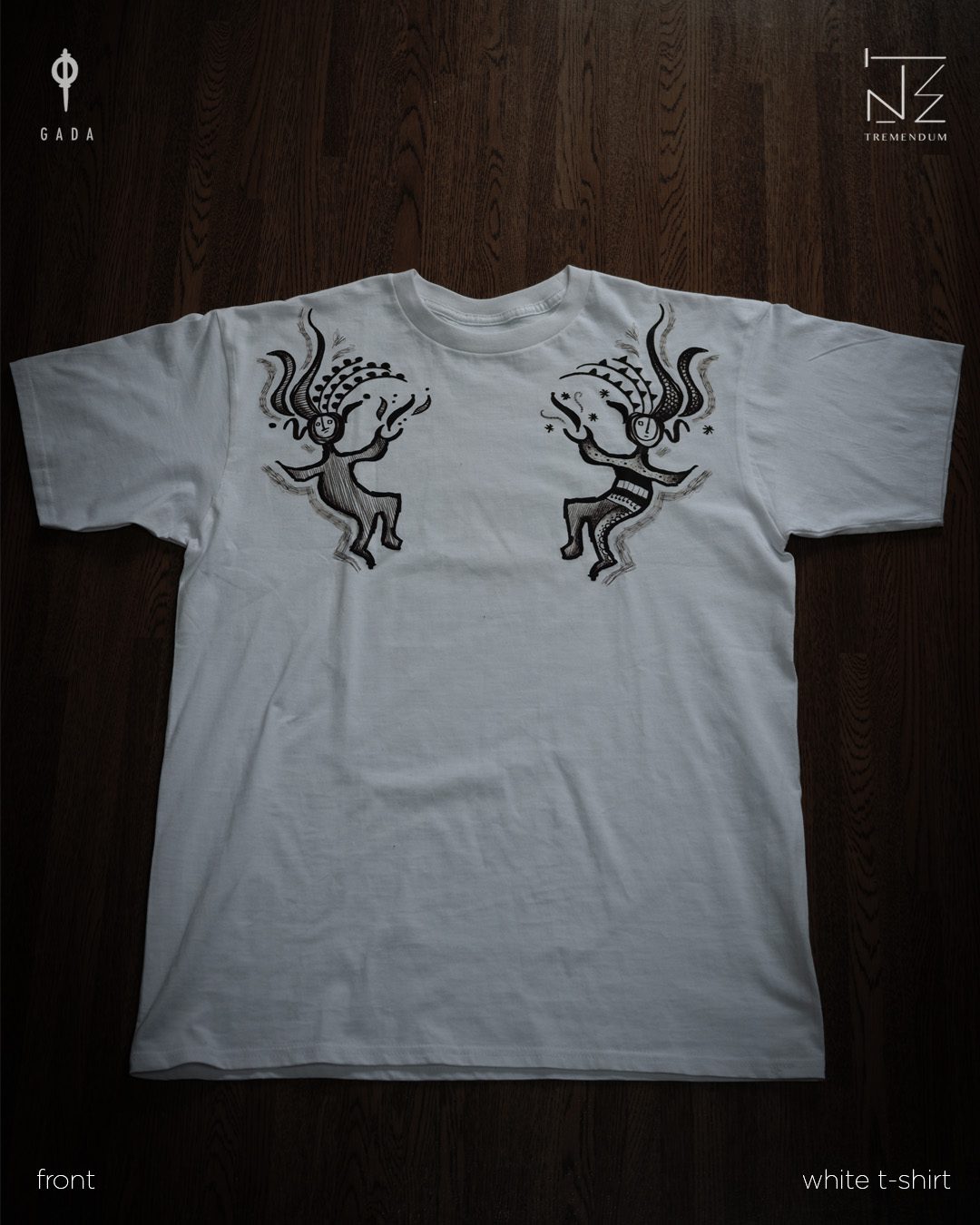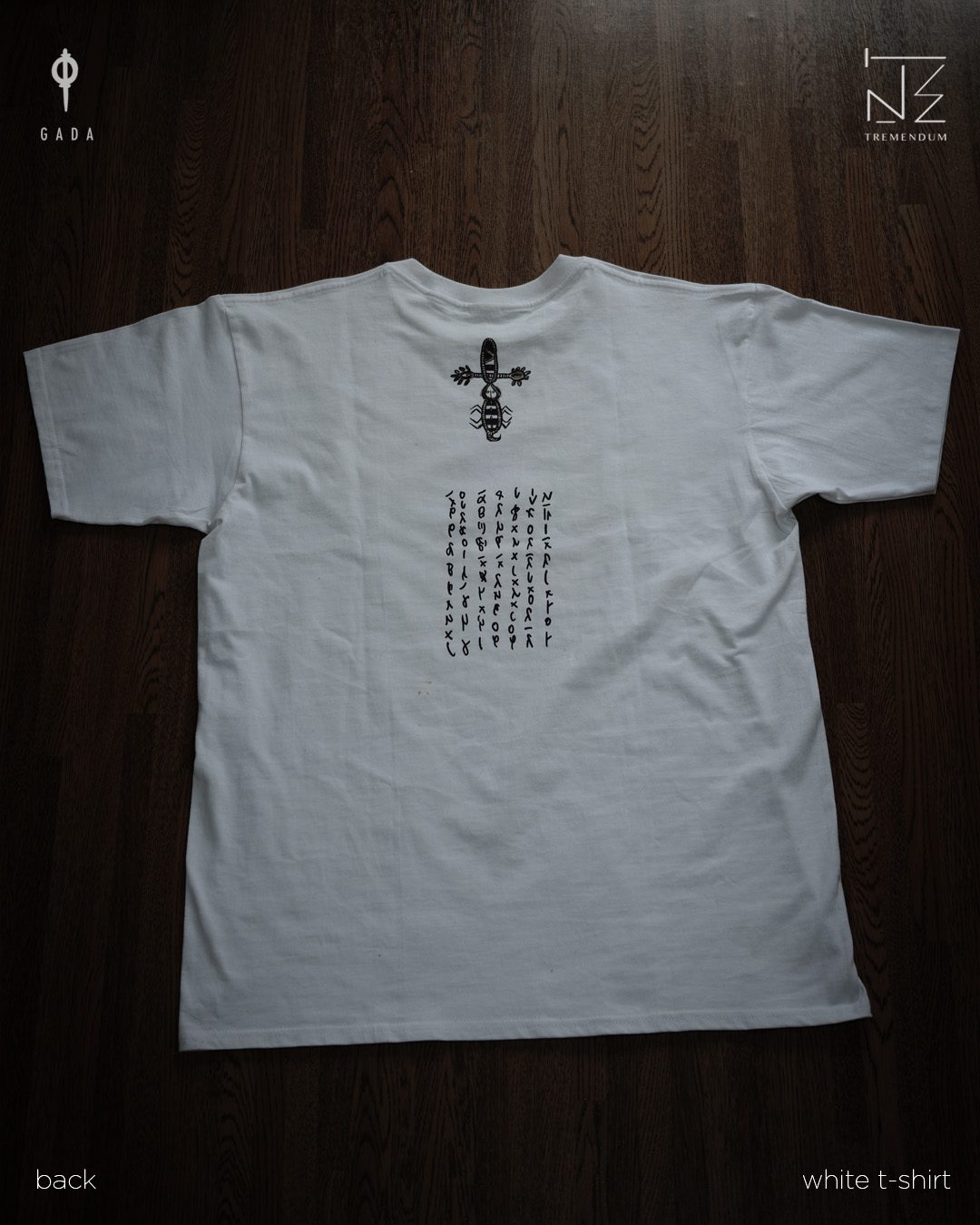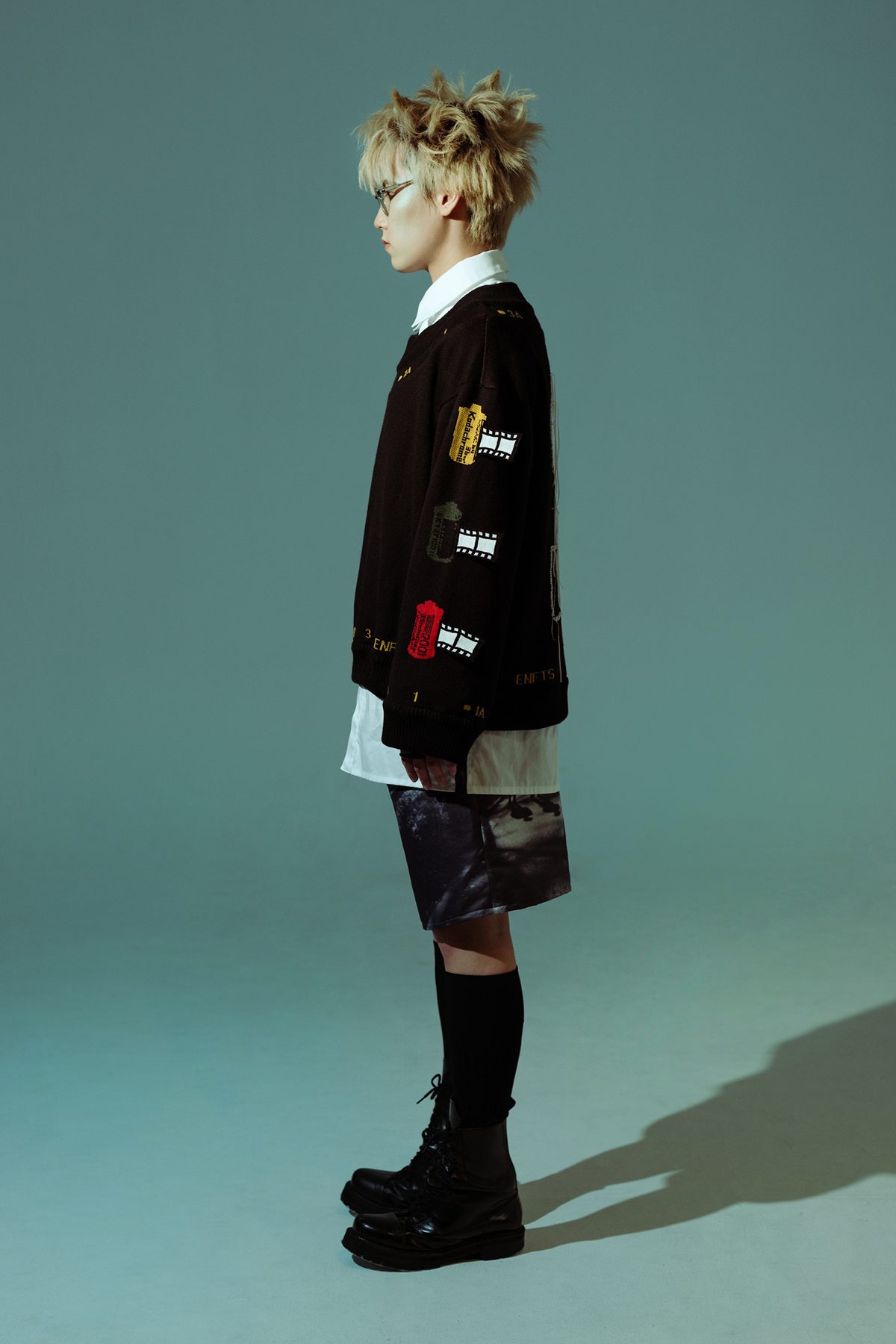Uncovering the Beauty of Duality. In this joint exploration by GADA and TREMENDUM, Paramitha Dinata and Fani Atmanti study the importance of embracing contrast.
Presenting “Duality,” an exhibition created by clothing brand GADA and accessories brand TREMENDUM. This exhibit explores the belief that there is a separate realm of being that goes above and beyond the world we live in. “In duality, where one extreme might be beneficial, there are times we need to embrace the opposite to achieve wholeness,” the brands explains, elaborating how instead of creating a clash, combining contrasting things could instead be a solution. In this collaboration, GADA and TREMENDUM create a lineup of products that melds two separate contexts with the aim of exploring this theory.
GADA is a clothing brand founded by Indonesian-born fashion designer, Paramitha Dinata. Prior to the brand, Paramitha was known as a graphic designer, even winning the Grand Prize in Bunka College 100th Years Anniversary Logo Contest. Through GADA, she aims to create clothing that sparks dialogue and build human connections. TREMENDUM is an accessories brand founded by Indonesian architect Fani Atmani, along with Rockologist. The brand itself believes in empowering and highlighting the beauty of local craftsmanship through unique one-of-a-kind designs.
In this joint collection, one product they created is a black tee with the wording “The Film is Not Dead” inscribed onto the shirt. This piece is inspired by a past project of Paramitha, where she delved into her father’s treasure box of old film cameras. As she tried out the film cameras found in the stack, she discovered a sense of joy in playing around with the old-school device.

Paramitha found a new passion and community from this newfound love for film. “I found shooting with film is a whole different sensation. The slow process is very relaxing. They force you to enjoy every step and every second of it. It’s like meditation. It’s like you’re going back in time, and a lot of cameras use simple but very advanced technology if you think about it,” she says to DEW, “I know I’m not alone because some people I know almost, or even exclusively, shoot with film. And the community keeps growing and growing. The film photography community saved me. I was a lonely kid without a lot of friends. And from that moment, I found a place I could call home, a lot of friends. I even know Fani Atmanti from my friends in the community.”
Then, there is a white t-shirt titled “The Twins.” The design was created as Paramitha’s response to the sketches Fani Atmanti, the founder of GADA, created during her travels to a traditional settlement in one of Indonesia’s lush rainforests. In these sketches, Atmanti documented meaningful and artistic symbols in the various villages she visited. From this documentation, Paramitha transforms these symbols and sketches and implements them into the shirt’s design.
“All the sketches found in the “The Twins” t-shirt were transformed to digital by Mitha from my journey sketches and also from the prototype of pustaha/ancient Batak`s manuscript from Samosir Island that I have. The twins’ images are from the pattern of Toraja Sarita that I saw when I came there for research. […] And at the back side of the t-shirt, there is an old script of old Batak surat na sampulu sia, which is a script used to write pustaha. The wisdom of nine generations of magician-priests /datu, is written inside this book. The content is various, such as old medicine, stories about the creation of the world, magic, etc. I find that Batak has a complex writing system, and the shape of the character is beautiful,” Atmanti explains.
Lastly, a tote bag featuring sankaku, a Japanese word that means triangle. This sankaku is a design element often used in Paramitha and Atmanti’s works, with triangles often used in TREMENDUM’s clothing pieces. At the same time, GADA often implements these triangular designs in its products. In fact, GADA had an entire collection based on sankaku while TREMENDUM had their ulö and sukhu rings that followed the theme. From these two collections, the duo collaborated to mix elements from their respective previous projects to create the design we can see on the final tote.
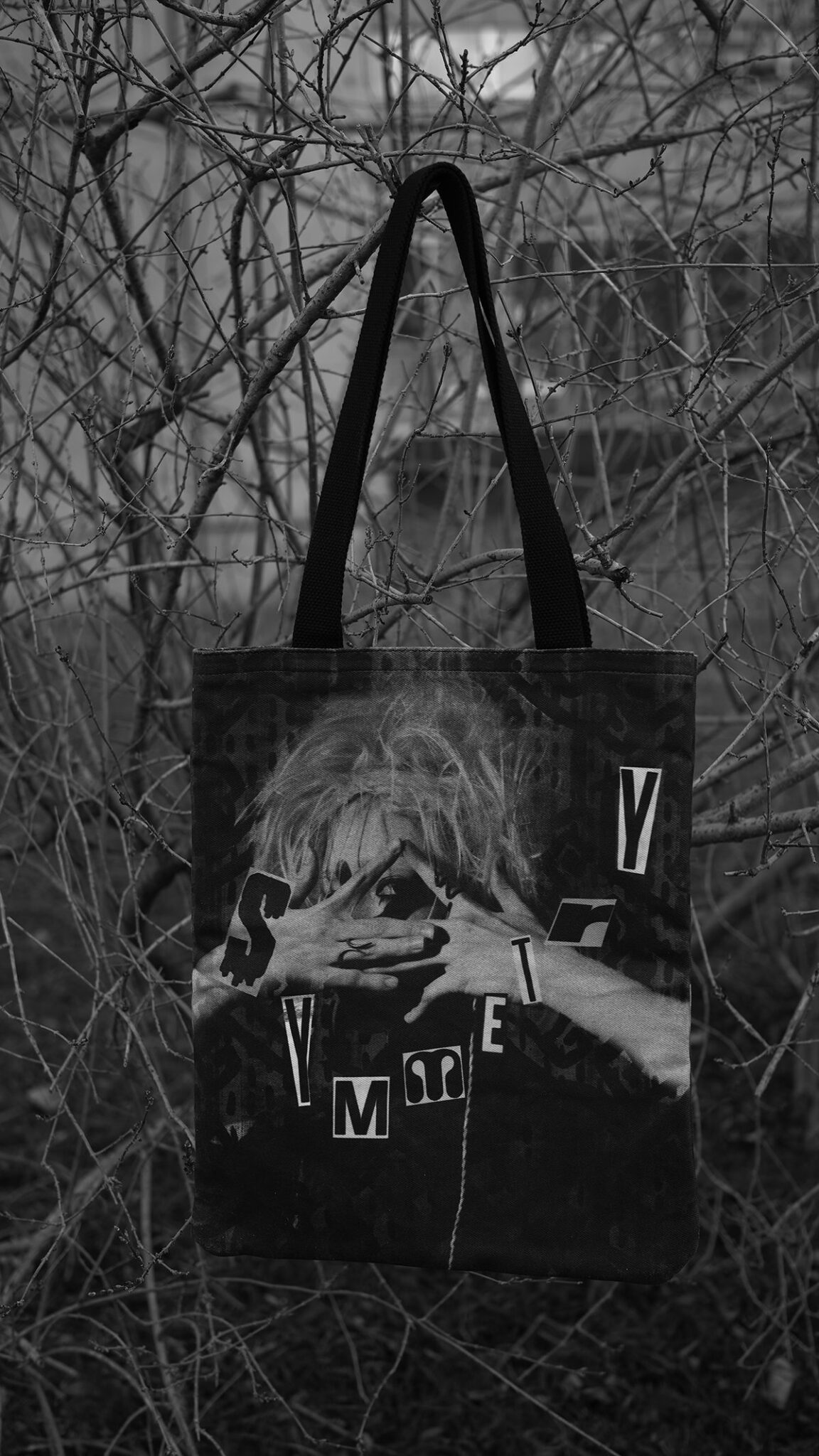
Paramitha begins to explain the duo’s fascination for this triangular motif, “In my student days, I found out that you can make interesting clothes with just a rectangular shape of fabric. It makes me think about what would happen if I used other basic shapes for clothing patterns. I Broke down a triangle pyramid on muslin, and it created clothing with almost all triangular patterns.“ Atmanti then continues, “In my research, I did an investigation of the Indigenous Structure, specifically of Austronesian-language speaking nations including tribes in Indonesia. We can find many triangles in the house structure. It is considered as the most stable and strong structure on earth.”
Amongst these three items, you’ll be able to see the mixture of both brand’s individuality and style. You can spot GADA’s playful and experimental spirit that consists of conversation-starter elements that could definitely connect people with one another. On the other hand, you can also notice the touches of Indonesian culture from TREMENDUM’s side, which has always been something the brand is keen on highlighting in their creations. However, it always takes time to figure out how to combine two contrasting DNAs into a singular body of work. Time indeed was a struggle the duo had to battle with during the exhibition’s preparation schedule as Paramitha had plans to move to Fukuoka in the middle of March. Yet, through immense focus and a shared dedication, they succeeded in pulling it off.
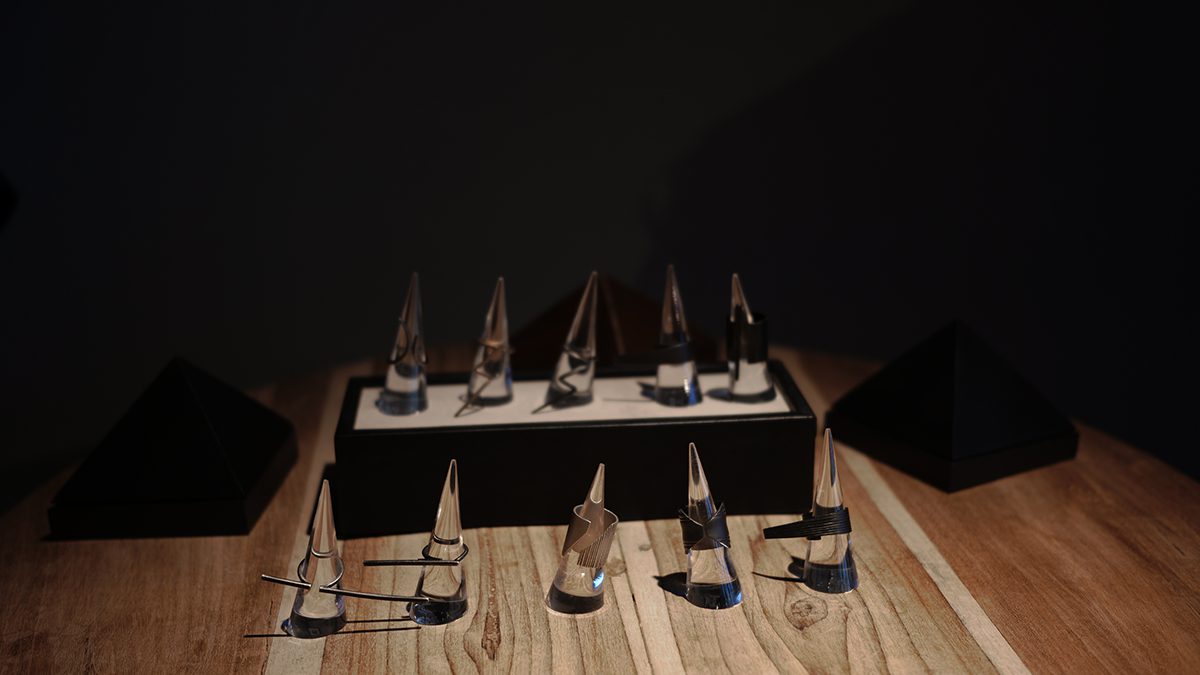
Through this exhibition, the designers aim to spread the message of empathy from one person to another, highlighting how differences could create harmony. Not just that, but with DUALITY, Paramitha and Atmanti hope that audiences will be able to understand both of the brand’s stories and values through this exhibit, maybe even spark curiosity for audiences to learn more about both brands. With both designers being Indonesians living in Japan, with these creations they also hope that their pieces will help distribute the local wisdom from Indonesia and their craftsmen to an international audience, while also emphasizing that there are so many interesting things in the world to discover. (Text Vanya Harapan)
